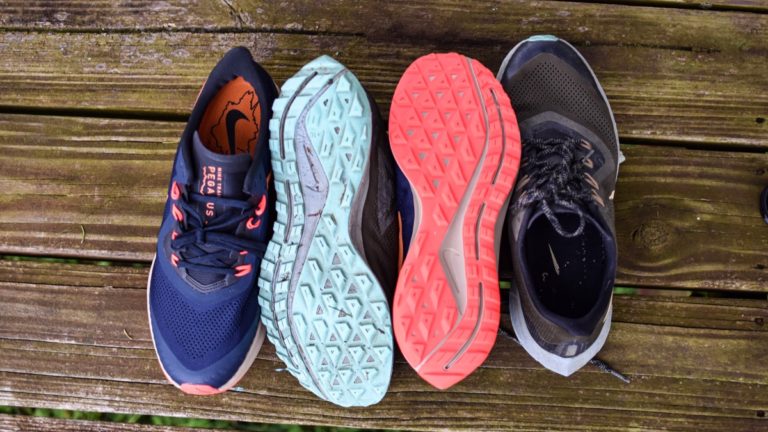
When to Replace Running Shoes: 10 Things You Should Know
Perhaps it took you a lot of trial and error to find that perfect running shoe. But since finding it, you’ve run long distances, short distances, uphill, downhill, and more. Together, you’ve been through a lot. Yet, this oh-so-perfect running shoe has seen better days.
You’re beginning to wonder when to replace running shoes, and should you replace yours? Below, we’ve got the top 10 signs your running shoes need replacing.
#1 You’ve Hit the 300-500 Mile Mark
You have to get an oil change after a certain number of miles. You also have to replace your tires on your car after a set amount of distance – at least, it’s recommended to!
Your running shoes are no different. Ideally, the golden rule is to replace your running shoes after about 300 to 500 miles of use. This often equates to every four to six months, depending on how often and how far you run. Generally, this rule stands for anyone running about 20 miles a week.
And surprisingly, this rule is still recommended even if there aren’t any obvious signs of wear and tear. While they might not be noticeable, wear on your running shoe can result in injury and pain (more on this below). So, keep track! Aim to spend a set amount of your running shoes every 300 to 500 miles.
#2 You Have Pain You Haven’t Had Before
Got shin splints? Sudden muscle fatigue? Sore knees for no good reason? It’s time to check how far and how long you’ve run in your current runners.
When your running shoes lose their cushion, this, inevitably, places stress on other joints and parts of the body. Suddenly, you may notice your knees, ankles, or hips hurt. Or perhaps the same running route you’ve been doing forever is taking that much more energy and effort to get through. Check your shoes.
#3 Your Feet Are Sore
If your feet hurt after a run, this is a major sign that it’s time to replace your running shoes. Ideally, it shouldn’t get to this point. Yet, for many, it does.
You may feel pain in your arches or stiffness at the bottom of your feet. Don’t risk further pain or injury. Get those shoes replaced.
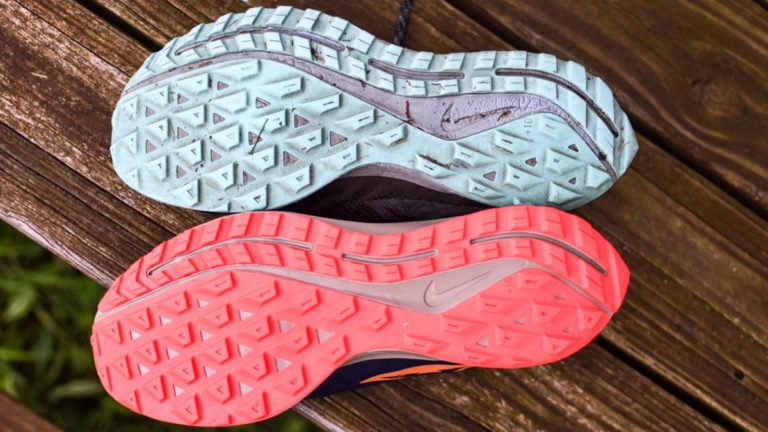
#4 The Midsole Feels Firm to Touch
There’s a really easy check for this one. Place your fingers or thumb on the midsole of your shoe. If it doesn’t feel spongy but rather feels tough and firm, this means it’s worn out. This also means that your shoes aren’t working with the natural stride of your feet.
Again, do yourself a favor and spend that money on a new pair – instead of spending it on physical therapy.
#5 You Have Started Getting Blisters
This isn’t limited to just running shoes! Any shoes that give you consistent blisters should be thrown out and replaced. Why? Well, this means the fabric or structure of the shoe has been altered so much that it no longer fits your foot properly.
Thus, it ends up brushing against your skin, ankle, or foot, which may result in abrasions or blisters.
#6 There’s Obvious Signs of Wear & Tear
Maybe you’ve let it go on too long. There are holes beginning to show. Or perhaps the shoe is worn on one particular side, such as the inside or outside. This also disrupts the natural stride and striking on the feet. In turn, you may end up with injuries (which no one wants!).
#7 There’s Zero Shock Absorption
Does it feel like every step is like hitting the pavement barefoot? Are you feeling that impact in your ankles, knees, and hips? This is a tell-tale sign that the shock absorption of your shoes is completely worn out. It’s time for a new pair!
#8 The Treads Are Worn Out
The treads, or grooves on the bottom of your running shoes, are important for grip and for running with a natural stride. And these are super easy to check to see if they’ve worn out. All you need to do is look.
#9 Your Shoe Twists Easily
Grab your shoe and twist it. Does it twist easily? This may mean you need a new shoe. An old shoe will easily twist because the fabric and structure are worn out. However, this may not apply to every shoe. Many light-weight running shoes already twist – even when brand new.
Yet, more structured and supportive running shoes shouldn’t do this. Try the twist test and see! It may even pay to do this test when you buy it and after some wear.
#10 A New Shoe Feels Better
Alright, so at the end of the day, you have now tried on a few new pairs of shoes. They feel better than your current ones. This is an undeniable sign that you should buy a new pair.
And get this: Your running shoe doesn’t haven’t to feel completely brand new. A lot of runners replace their runners with the same type of shoe. This is because it is really hard to find a pair that works for you and feels comfy. And once you do, it’s unlikely that you will want to switch.
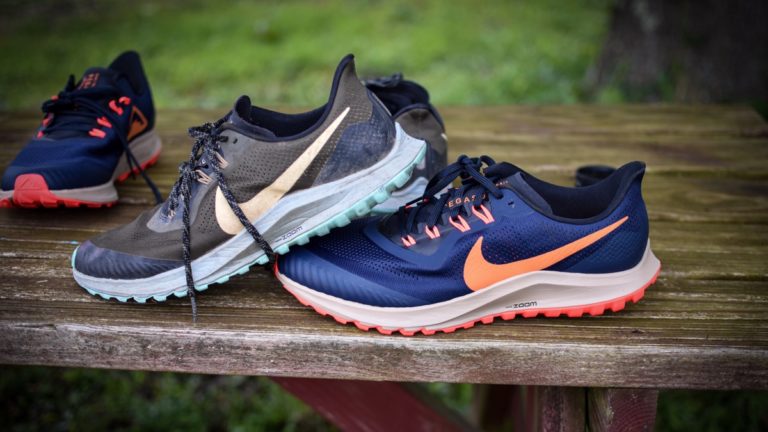
Get Shopping!
Do your runners have any of the signs above? If so, it may be time to invest in a new pair of running shoes. Not only will you feel more comfortable, but your performance will likely improve as well. Plus, no injuries!
What did you think of this article? Did we miss any tips or tricks on when to replace running shoes? Let us know your thoughts in the comments below. If you liked this article, share it with your friends.
Canaan Valley Running Company Editorial Staff
This article was written by the editorial staff for the Canaan Valley Running Company.
Related Blog Posts
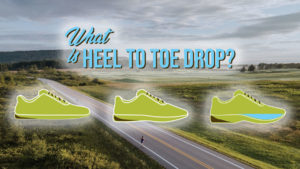
What is Heel To Toe Drop?
Heel to toe drop is the difference between the heel height and forefoot height of the running shoe. It’s also known as the offset or heel differential. This number is usually provided in millimeters.
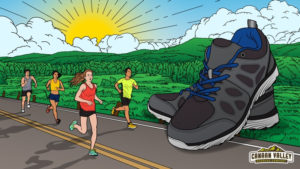
20 Fun Facts About Running Shoes
20 Facts About Running Shoes Running doesn’t require much equipment. However, a good pair of running shoes are a must for any want-to-be or should-be
